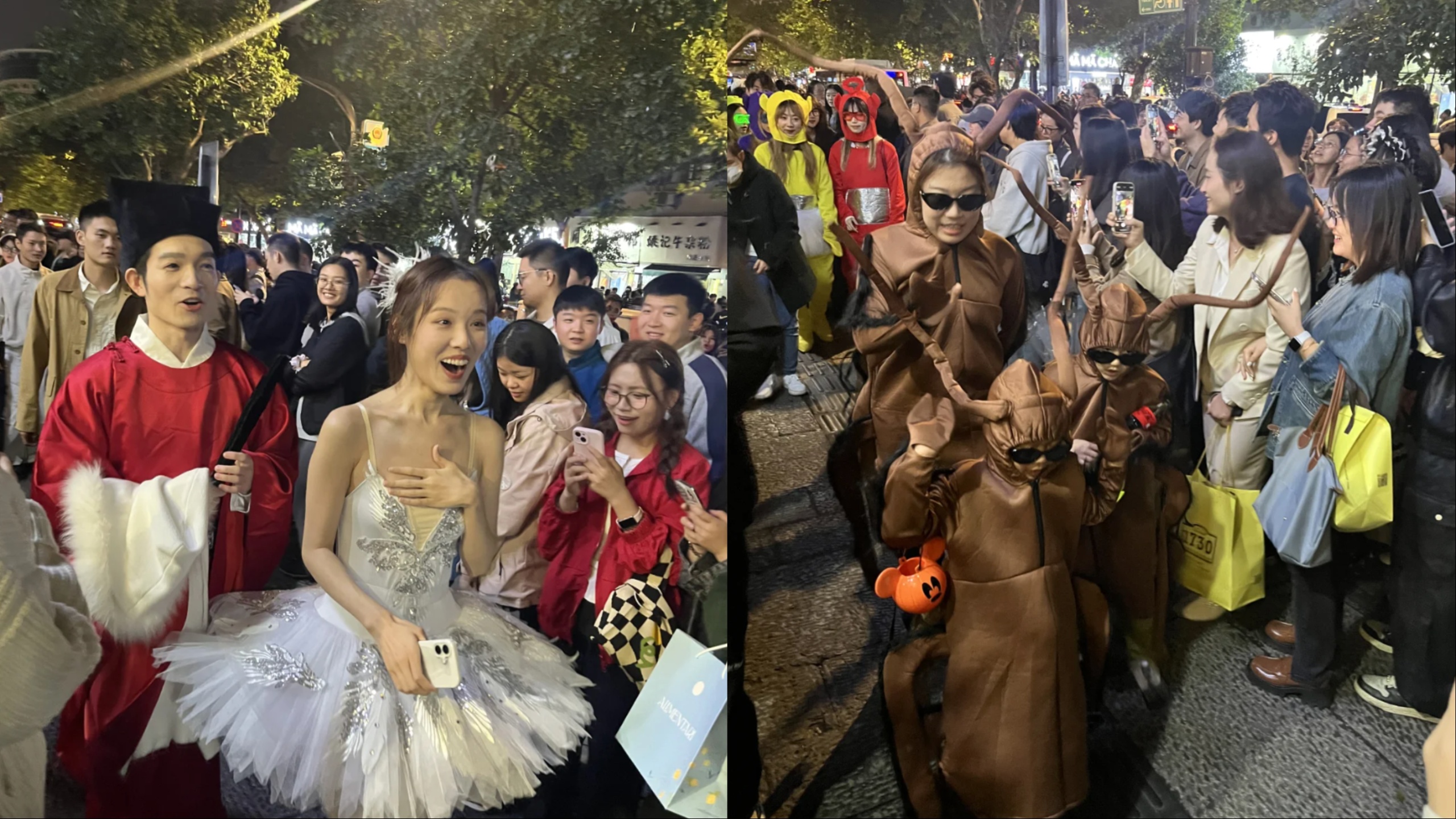Chinese social media has exploded with references to “C’mon workers!” (加油 打工人!) in the past few days. But this is no rousing message to the country’s workforce in the wake of Covid-19 — it’s actually a memefied venting of frustrations over work-life balance, burn-out and the grind of holding down a full-time job.
While last year’s viral 996 protests were specifically aimed at the tech sector’s notoriously exploitative practices, this new wave of complaints is more broad and more jokey. But it nonetheless captures genuine disillusionment felt by some young people at being a part of the rat race.
The grumbling began with a re-dubbed clip of two characters from ’80s anime Ai no Gakko Cuore Monogatari. While one character bemoans being tired from work, the other excitedly declares that this was as it should be. “Leave being comfortable to those who have money,” the latter exclaims. “C’mon worker!”
The two minute-long video — which quickly went viral — goes on to cover other issues in a similar format, such as working so hard there’s no time to date and feeling constantly cold. “Cold? That’s right! Leave warmth to those who drive sedans,” says the overly optimistic character. “C’mon shared bike rider!”
References to the clip have subsequently shown up in everything from social media hashtags to mainstream newspaper reports, with one discussion over the sudden virality of the term “worker” (打工人 can also be interpreted as the grittier “laborer”) picking up more than 570 million views in just a few days on microblogging site Weibo.
Workers of the internet world have since united by creating a slew of comments and memes beyond the initial cartoon, including sarcastic reworkings of old propaganda messages and images of everyone from Tom of Tom & Jerry to Donald Trump.
-

- Plays on propaganda poster and other imagery have gone viral (source: Weibo)
-

- Some of the recent memes bemoaning work-life balance in China (source: Weibo)
While some have used it as an opportunity to air out relatively trivial gripes about their jobs, others have amplified more Marxist messages after the original viral cartoon clip ended with the down-trodden character excitedly realizing that if he works really hard “my boss can live the life he wants!” Unable to own the means of production, it seems many workers have turned to the production of memes.
“This isn’t meant to be mocking those who are working hard,” explains one highly-upvoted comment on Weibo. “It’s really aimed at those who are doing well despite being talentless.”
Related:
 5 Million People in China Have Lost their Jobs Thanks to Covid-19 – Here’s How They Are CopingWhether choosing to wait, act or adapt, Chinese citizens are coping with coronavirus-related job loss in a number of different waysArticle Apr 14, 2020
5 Million People in China Have Lost their Jobs Thanks to Covid-19 – Here’s How They Are CopingWhether choosing to wait, act or adapt, Chinese citizens are coping with coronavirus-related job loss in a number of different waysArticle Apr 14, 2020
It’s also perhaps part of a recognition — especially as much of the country emerges from the Covid-19 pandemic — that there is more to existence than the pressures of being a worker. While millions lost their jobs thanks to the virus, many of those who are still employed may now have a different perspective on their priorities and on work-life balance.




















